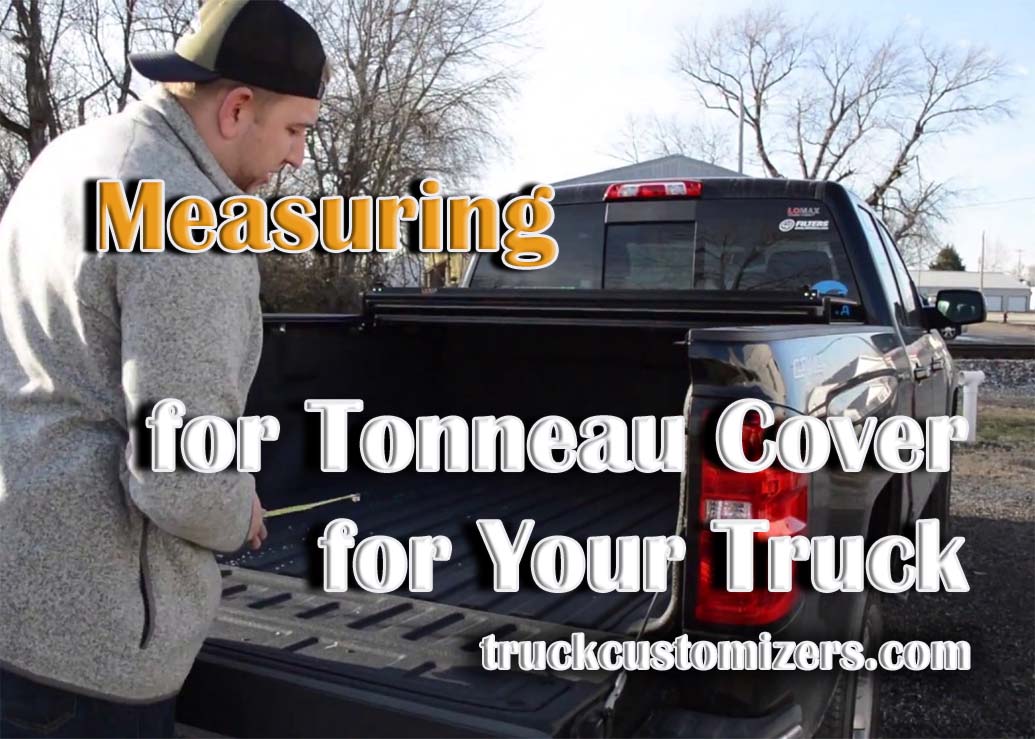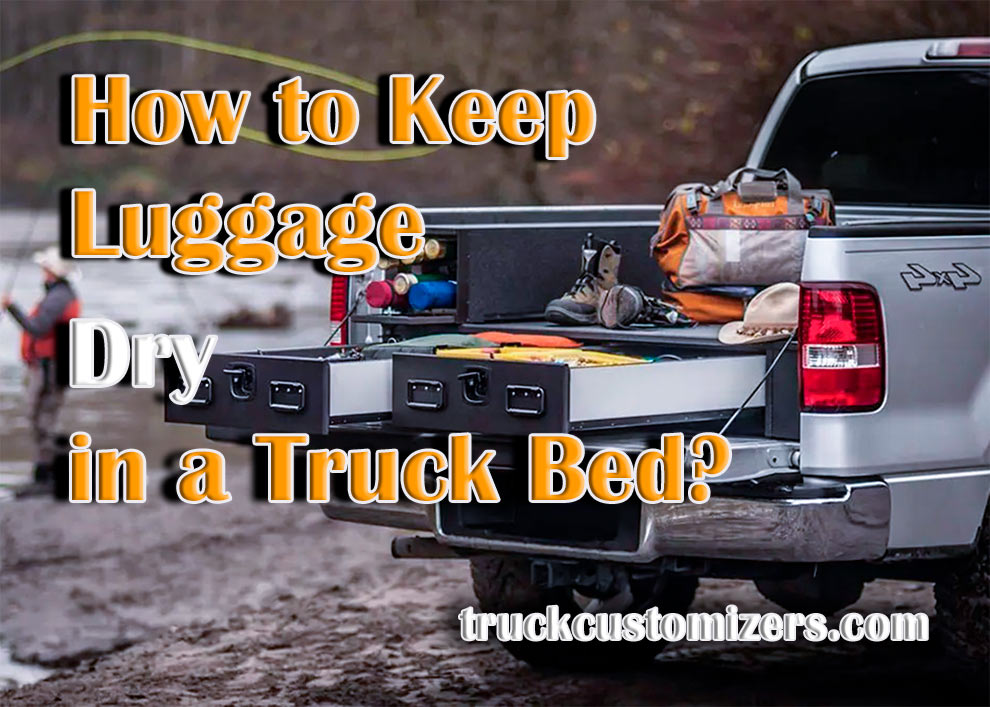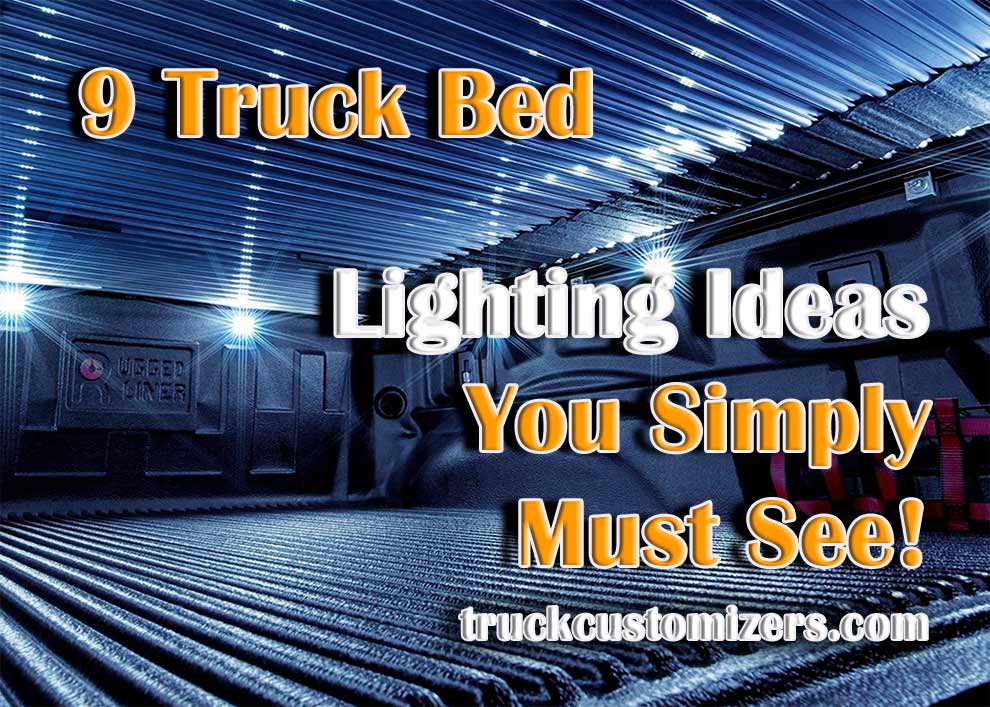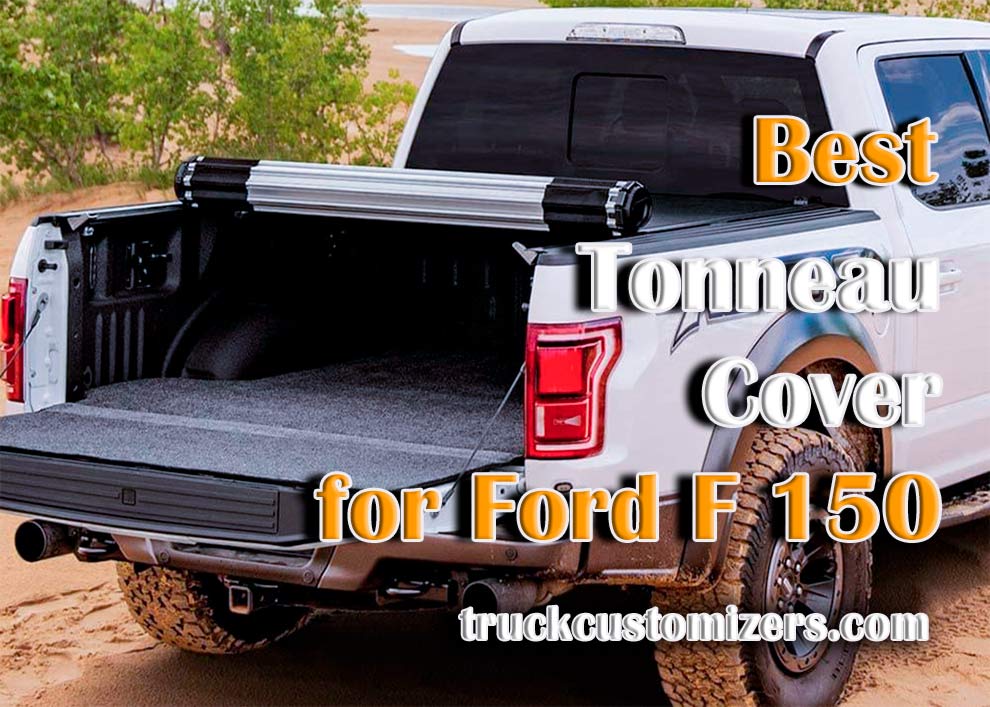If you’re a truck owner, you know the value of a good tonneau cover. These versatile accessories help protect your cargo from weather elements and theft while improving your vehicle’s aesthetics and fuel efficiency. However, finding the right tonneau cover for your truck requires more than just selecting a style you like – you need to ensure a perfect fit. Consequently, knowing how to measure your truck bed accurately is critical. This article provides a detailed guide to help you through this process, outlining a step-by-step approach to measuring your truck bed, factors to consider, and how bed liners might affect your measurements.
Measuring the Truck Bed – Step-by-Step
To measure your truck bed, you need a tape measure and a helper, if available, to hold the other end of the tape. Follow these steps:
- Start by measuring the length: Place the end of the tape measure at the bulkhead (the end of the truck bed near the cab). Stretch it across to the inside edge of the tailgate. Write down this measurement.
- Measure the width: Measure across the width of the truck bed at the widest point, usually between the bed rails.
- Record the height: Measure from the bed floor to the top edge of the bed rail.
Remember, accuracy is key here. Small deviations in measurements could mean the difference between a well-fitted tonneau cover and one that doesn’t fit at all.

What Else to Consider
Besides the truck bed’s measurements, you should also take into account other features of your truck bed that may affect the tonneau cover’s fit. These include the style of the bed (stepside or flareside versus standard), the presence of a utility track system, and the type of tailgate your truck has. If your truck has an over-the-rail bed liner, this might require a specific type of tonneau cover, or you might need to make modifications to the liner for a proper fit. Additionally, the make and model of your truck will also influence the type of tonneau cover you can use.
What About Bed Liners?
Bed liners can impact how a tonneau cover fits on your truck. Over-the-rail liners can interfere with how the cover seals against the bed, potentially leading to a less secure fit and issues with water getting in. Under-the-rail liners usually don’t present such problems, but it’s always a good idea to check with the tonneau cover manufacturer or your dealer to be sure.
What Is the Right Tonneau Cover for Your Truck
Once you have your measurements and have considered other features of your truck bed, it’s time to choose the right tonneau cover for your truck. The type of cover you need will depend on your specific requirements. Do you need easy access to your bed? Consider a roll-up or folding cover. Looking for maximum security? A hard cover might be your best bet. Remember, a perfect fit is essential, not only for the look of your truck but also for the functionality of the cover. Be sure to cross-reference your measurements with the manufacturer’s specifications to ensure an ideal fit.
Conclusion
Accurately measuring your truck bed for a tonneau cover is an essential step in ensuring a snug fit and optimal performance of the cover. Beyond measurements, it’s crucial to consider other factors such as the type of truck bed, the presence of bed liners, and your specific needs. With this comprehensive guide, you should now be equipped with the necessary information to measure your truck bed accurately and select the ideal tonneau cover for your vehicle. Remember, each truck is unique, and while a tonneau cover that suits a friend’s truck might look good, it may not be the best for your truck. As a side note, for Toyota Tacoma owners, don’t forget to explore our Best Tonneau Cover for Toyota Tacoma article for specific recommendations tailored to your truck model. Happy measuring, and enjoy your new tonneau cover!



